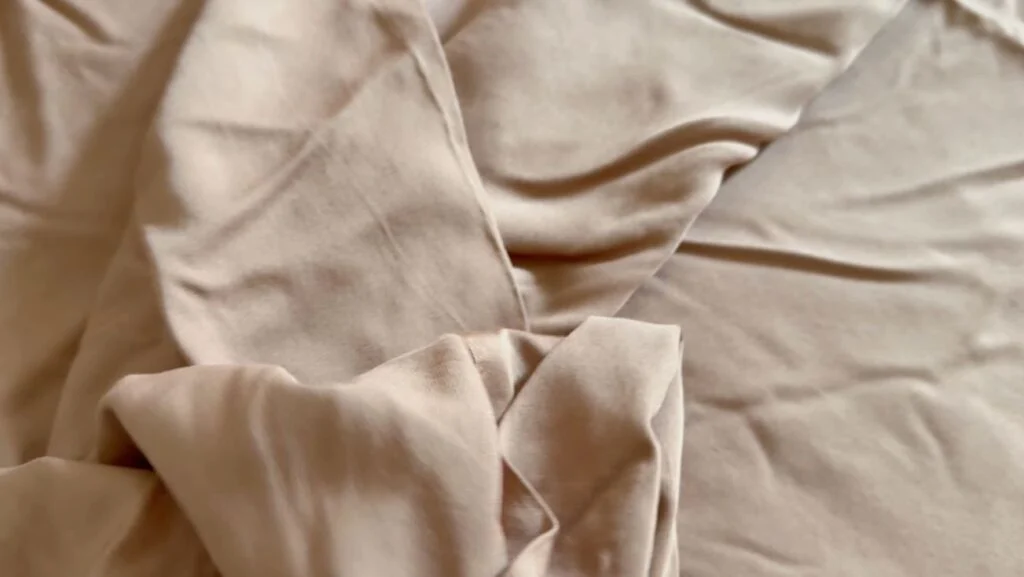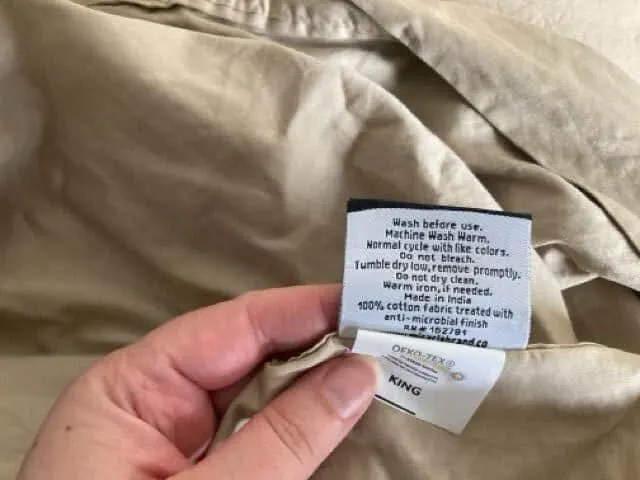- The 5 Best Anti-Snoring Devices in 2025 - December 17, 2025
- Real Relief From Hot Flashes: What Actually Works - December 15, 2025
- Best Sheets for Night Sweats - December 11, 2025
We spend a third of our lives in bed, and yet it took me years to realize how much of a difference the right sheets could make. I used to just buy whatever felt the softest (going solely based on the feel of that little cardboard-lined fabric cover thing that Target sheets come in). Since then, I’ve discovered that the right set of sheets can still feel soft and comfortable, but can also do things like help regulate your temperature and even fight acne. I’ve tried several sets of bamboo sheets over the years before realizing that they’re not really for me, but I recently discovered Miracle Sheets and think that they check a lot of the boxes that people might be looking for in bamboo sheets. Here’s why.
Bottom Line Up Front
If you’re short on time: I prefer Miracle Sheets to bamboo and I think they make a great alternative.
They’re still soft and breathable like bamboo sheets, but they don’t cling to your body as much or stretch out after a few washes. Bamboo has always felt good on night one, but in my experience, it wears down quickly and loses its shape.
Miracle Sheets vs. Bamboo Sheets: Why Compare the Two?
Bamboo sheets promise a lot of things like cooling, breathability, softness, and even skin-friendly benefits, but in my experience, they don’t always deliver. After sleeping on Miracle Sheets for a while, I realized they actually do deliver on many of those things. Both silver-infused sheets and bamboo sheets are solid options for hot sleepers or people with sensitive skin, but if, like me, you like the idea of bamboo but aren’t quite satisfied with your sheets, I think it’s worth seeing how they stack up against Miracle Brand.
What’s Up With Bamboo Sheets?
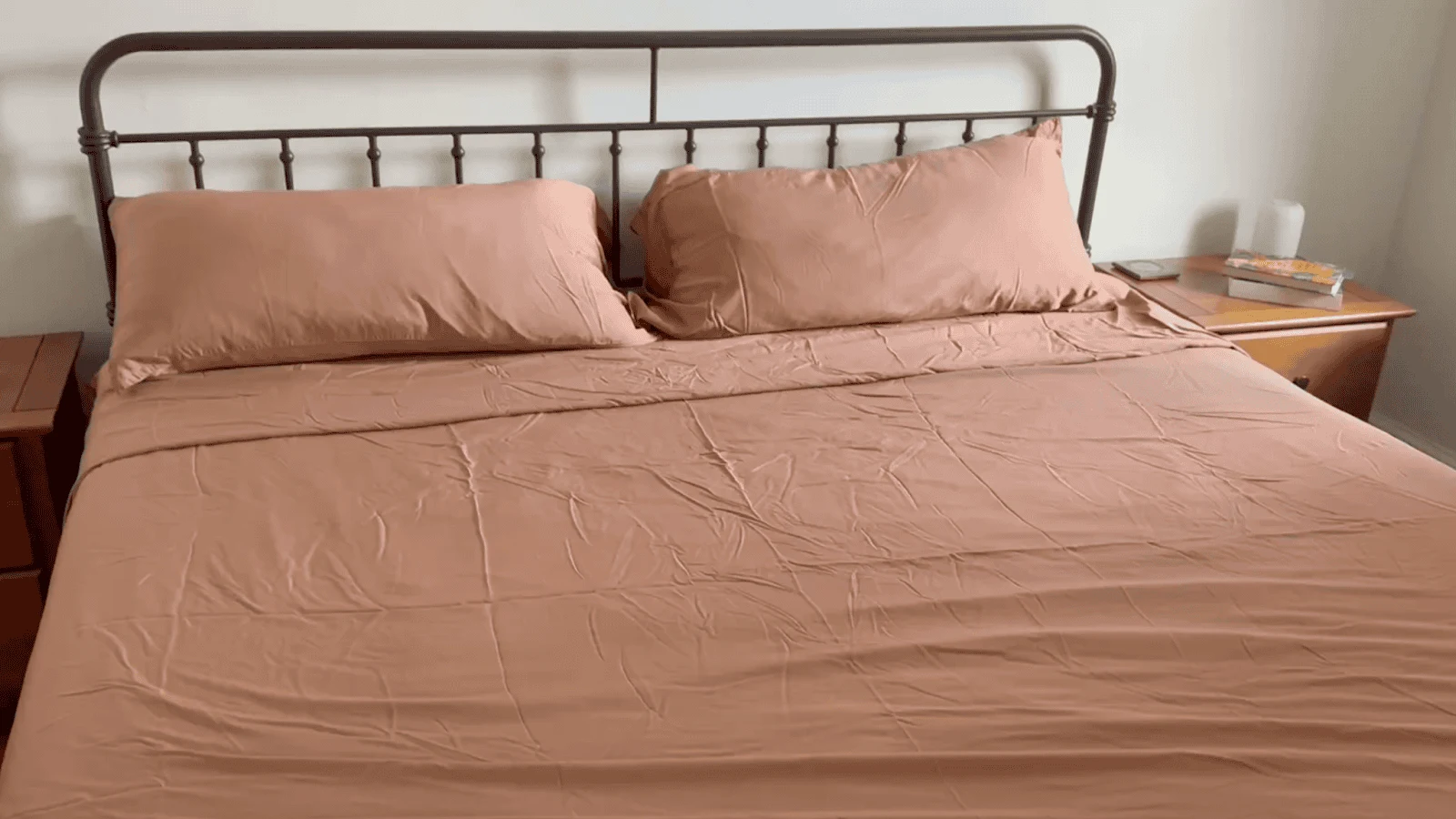
Bamboo sheets have gotten pretty popular over the last decade or two, and I think that part of that comes down to clever rebranding. Before they were called “bamboo,” these sheets were simply labeled rayon, which sounds a lot more synthetic (because the fabric kind of is, regardless of what you call it). Rayon is made from wood pulp (in this case, bamboo) that undergoes a chemical process to break it down and form the fabric’s fibers. It wasn’t until the early 2000s that manufacturers started marketing it under a more natural, eco-friendly sounding name, but it’s still made the same way.
To be perfectly blunt, it took me years to realize that I like the idea of bamboo sheets more than I actually like bamboo sheets. They’re often marketed as eco-friendly, silky soft, and naturally breathable, but they’re not without their flaws. That being said, I do own a set of bamboo sheets, and there are still a few things that I do like about them.
How They Look and Feel
When it comes to that silky (but not slippery) feel, bamboo lives up to the hype. The material is super soft and drapey, but one thing that I don’t love about it is that it’s a little clingy and can even feel heavy compared to cotton sheets.
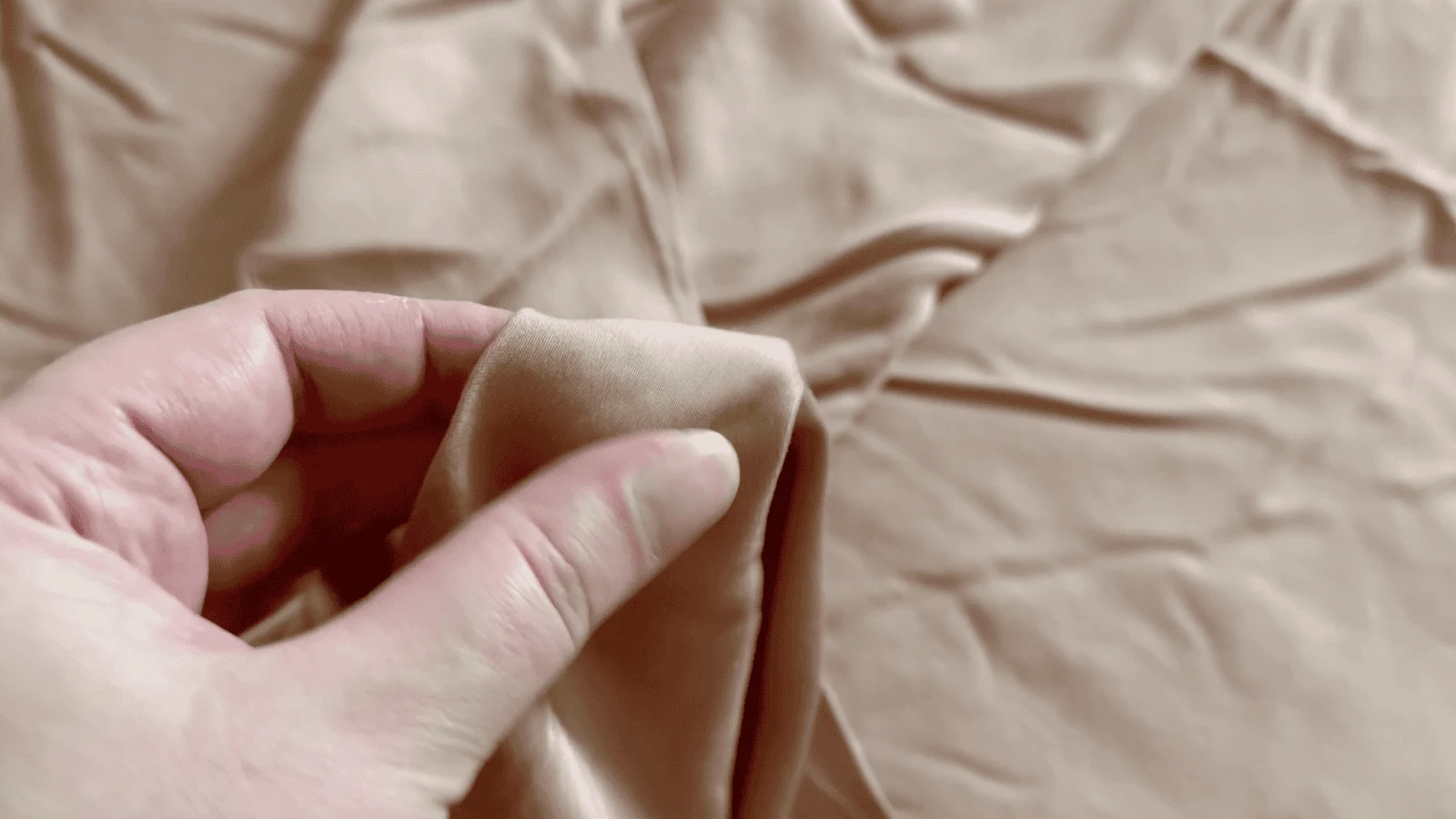
Still, they are extremely soft and comfortable, and they’re surprisingly breathable even though they do cling. If you’re someone who likes sheets that feel silky and drapey, bamboo might be perfect for you. Personally, I prefer sheets that breathe and lift off my body a bit more, but it really comes down to your sleep style.
Bamboo sheets also have a bit of a sheen to them, which I’m personally not a huge fan of, but I’m sure many people like. I think that they look nice right out of the package and even fresh out of the dryer, but they do tend to get very wrinkly very quickly with use.

I also don’t love how misshapen/stretched out bamboo sheets get. It seems like within the first week, the corners and edges of the pillowcases and fitted sheet get saggy. I know this probably depends in part on the brand of bamboo sheets you have, but I’ve seen it happen to a few different brands.
Care and How They Hold Up
Bamboo sheets are machine washable, but they do best on a gentle cycle with mild detergent and cold water. You’re also usually told to tumble dry on low or even line dry them to prevent damage, which is fine in theory, but not always realistic.
In my experience, even with careful washing, bamboo sheets start to wear thin and lose their shape fairly quickly. Some of them even start to tear and “run” in areas.
Pros
- A million different companies make bamboo sheets, so you can find them in pretty much any color and any price point.
- Bamboo is a more sustainable crop than cotton.
- They’re very soft and silky.
Cons
- They don’t regulate temperature as well as Miracle Sheets.
- Bamboo might be naturally antimicrobial, but not in the same way that Miracle Brand’s NASA-inspired silver tech is.
- Bamboo tends to wrinkle, stretch, and wear out quickly.
- Bamboo is a little more high-maintenance than cotton, at least in terms of care.
What Are Miracle Sheets?
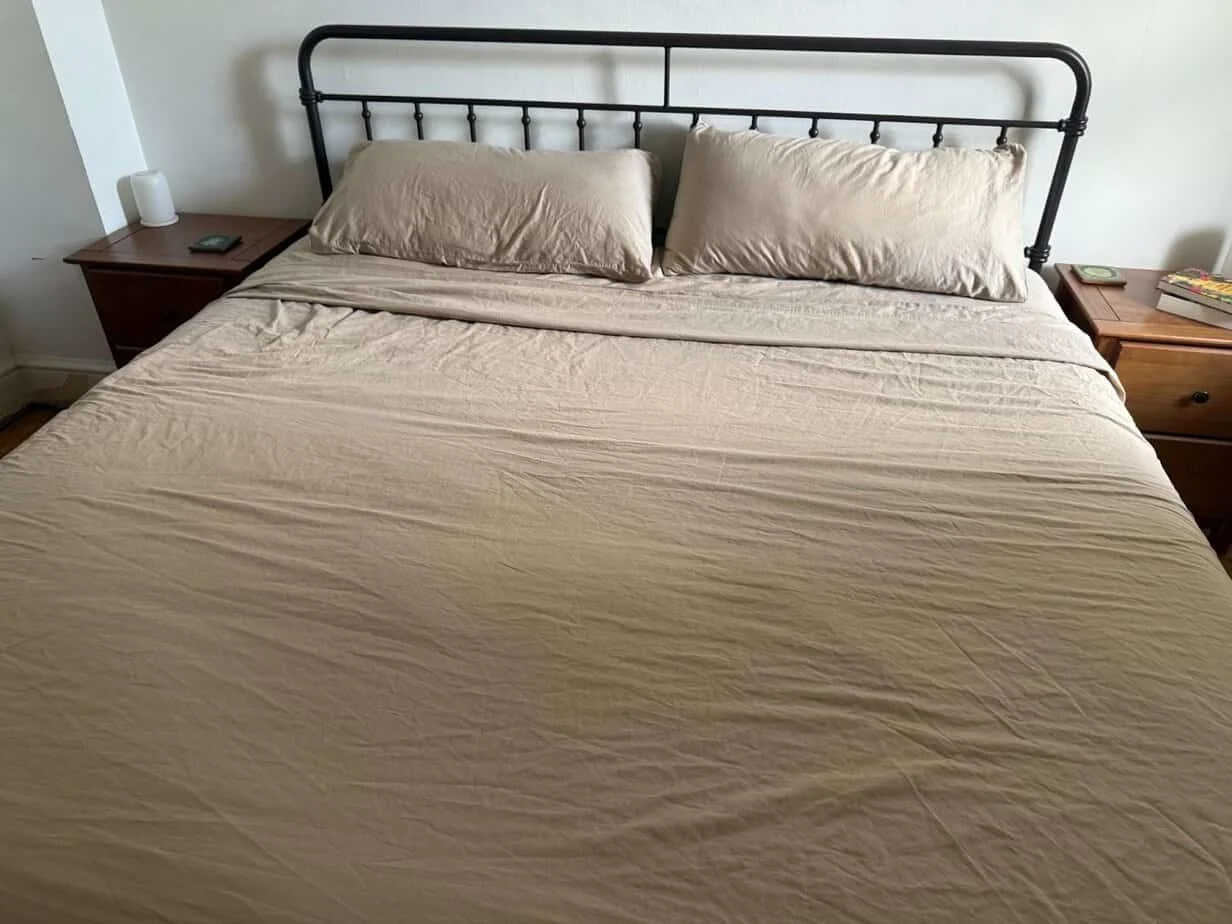
Miracle Sheets are 100% long-staple cotton sheets that are infused with silver. The silver gives them antibacterial/antimicrobial properties and helps regulate temperature, while the cotton weave is light and cooling but still soft. I think they make a great alternative to bamboo for anyone in search of breathable, cooling sheets who prefers the look, feel, and durability of cotton.
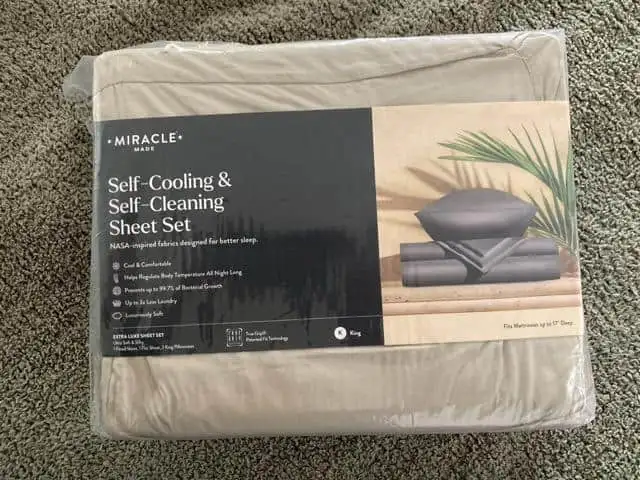
Allegedly, you also don’t have to wash Miracle Sheets as often as other sheets, due to their antimicrobial properties. While I suppose it’s possible that they won’t start to smell as quickly, I haven’t actually noticed a huge difference there. That said, I try not to wait until my sheets are smelly before washing them. I do think their claim to be “self-cleaning” sheets is a bit lofty. You’re still going to want to wash them regularly.
How They Look and Feel
I think my favorite feature of my Miracle Sheets is just how they feel. They’re surprisingly soft right out of the package and almost have a brushed cotton feel. They’re light and breathable, but have enough weight to them to feel sturdy and like they won’t fall apart with a few washes.
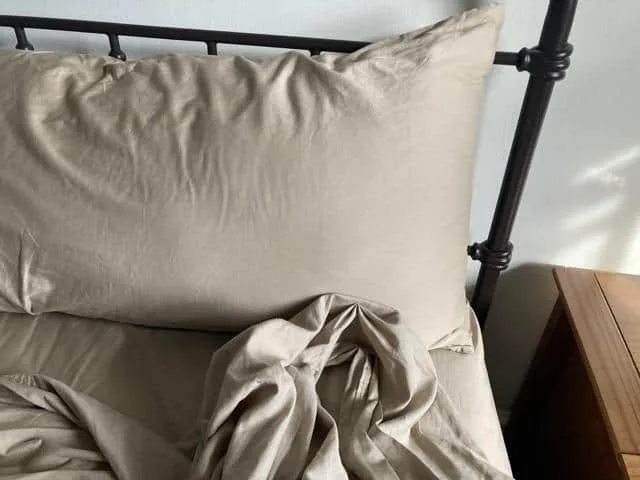
They have a soft, brushed cotton look to them, and while they do wrinkle, I feel like they’re more of those lived-in “natural” looking wrinkles compared to the bamboo sheets. Maybe that’s just my imagination, but I think it’s just the way wrinkles look on matte fabric vs. fabric with a sheen. If the wrinkles bother you, you can use a warm iron on these sheets, since they’re cotton.
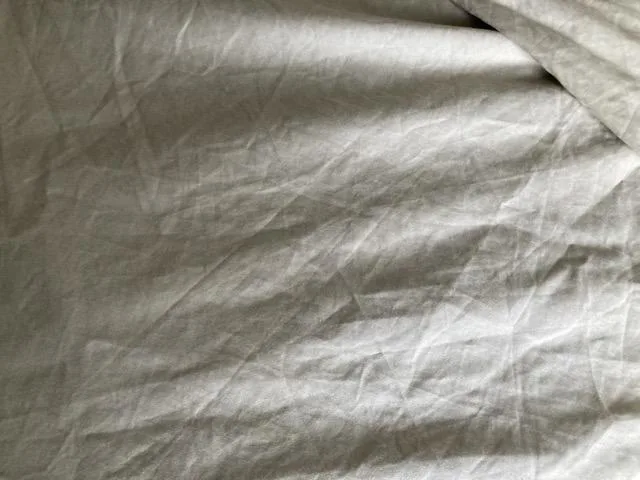
Care and How They Hold Up
So far, my Miracle Sheets have held up very well, even with regular washes. They have nice, thick elastic on the fitted sheet, which keeps it in place and I think helps the sheet retain its shape better.
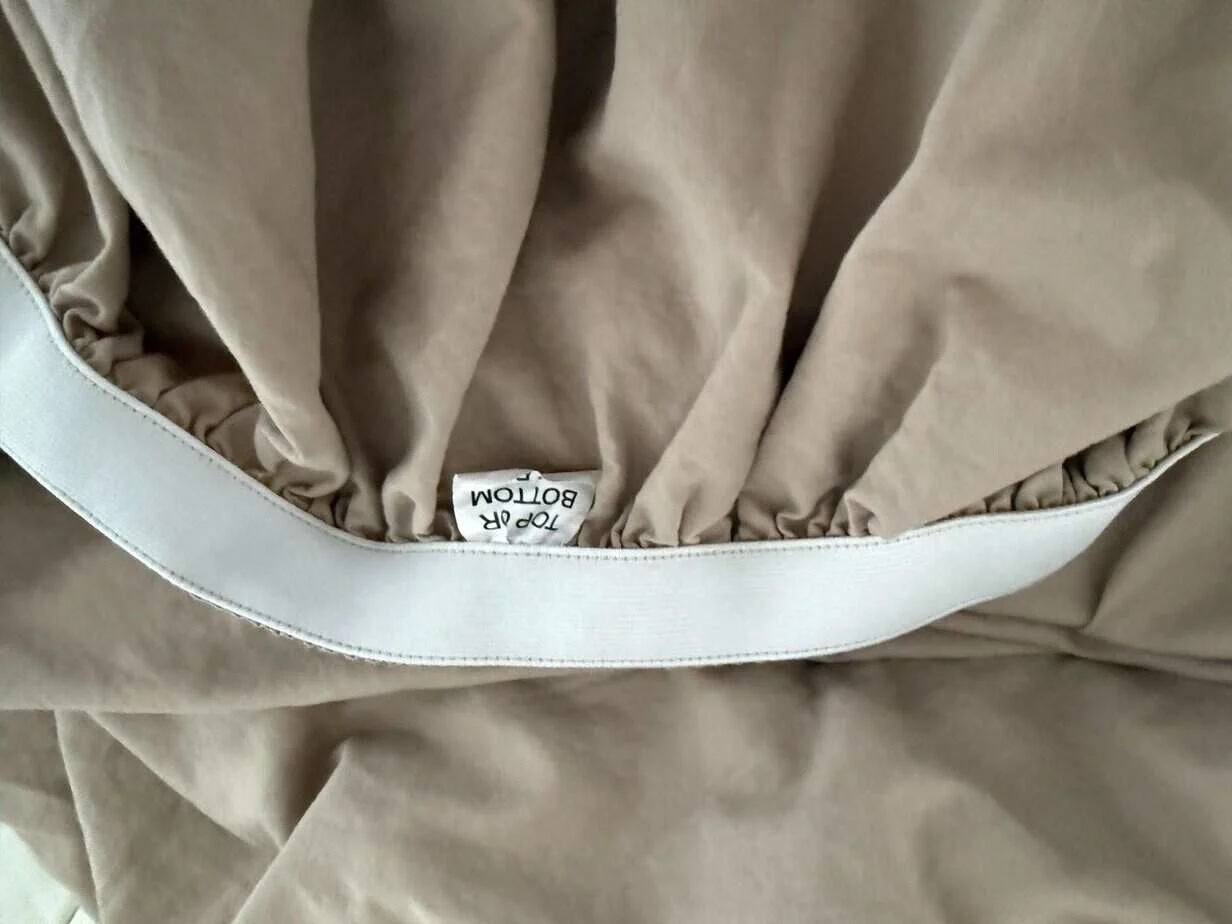
I just throw them in the wash and don’t really worry about taking any special care with them. They also seem to dry quickly, which, if you’ve ever fought for your life with a damp, tangled fitted sheet that wants to consume everything else in the dryer, you know is a plus.
Pros
- Made from 100% long-staple cotton.
- The silver is infused into the thread, not a coating that will wear or wash off.
- Silver gives the sheets antibacterial and temperature-regulating properties and can even help fight acne.
- They’re not starchy or stiff the way some cooling cotton sheets can be.
Cons
- They only come in two fabrics (classic and extra luxe) and about a dozen different colors.
- They’re on the pricey side for a sheet set.
Head-to-Head Comparison
- Hypoallergenic: Both materials are great for sensitive skin, but Miracle Sheets go a step further with their silver-infused fabric, which has antibacterial and antimicrobial properties.
- Temperature Regulation: Both are breathable and moisture-wicking, but I found Miracle Sheets slightly cooler and less clingy. They didn’t stick to my skin the way bamboo sheets tend to.
- Breathability & Moisture Wicking: It’s pretty much a tie here. Both do a great job of keeping you dry and cool.
- Feel: Bamboo is silkier and drapier. Miracle Sheets feel soft and smooth. This really just comes down to your personal preferences.
- Look: Bamboo sheets have a slight sheen that some people love. Miracle Sheets look a little more matte and classic. It depends on your aesthetic, but I prefer a matte look.
- Care: Miracle Sheets are easier to care for. Bamboo sheets require a bit more babying (and a delicate cycle).
- Cleanliness: Miracle Sheets claim to stay clean longer, though I can’t say I’ve noticed a difference. Maybe I just haven’t let them get to the point of noticing.
- Environmental Impact: In general, bamboo is more sustainable than cotton. Of course, this will vary depending on where you get your bamboo sheets.
- Cost/Value: Miracle Sheets are pricier up front, but they’re sturdier and will last longer than most bamboo sheets, in my experience.
Other Alternatives to Consider
If you’re not sold on either bamboo or Miracle Sheets, here are a few other materials worth checking out:
- Linen: Great for hot sleepers and people who love a lived-in, natural look. It’s breathable and durable, but can feel scratchy at first and tends to wrinkle a lot. It’s also more expensive than either of these options.
- Tencel (Lyocell): Another wood-pulp-based fabric like bamboo, but processed differently. It’s soft, breathable, and often more durable than bamboo rayon.
- SIlvery: This isn’t a material, but another brand of silver-infused sheets. They’re cheaper than Miracle Brand, but only come in one silver-grey color.
Final Thoughts
At the end of the day, the best sheets for you come down to your personal preferences. I like Miracle Sheets because they strike a balance between comfort and durability. They don’t cling, they stay cool, and they feel super soft and comfy. Plus, they hold up better in the wash, and they look nicer than bamboo, which makes them a smarter long-term buy in my book, even if they are more expensive.
Bamboo sheets still have their appeal. They’re super soft, but I’ve found they require more maintenance, get weirdly stretched out, and just don’t last as long. If you’re someone who wants silky and eco-conscious (take that last part with a grain of salt) above all else, they might be a great fit.


